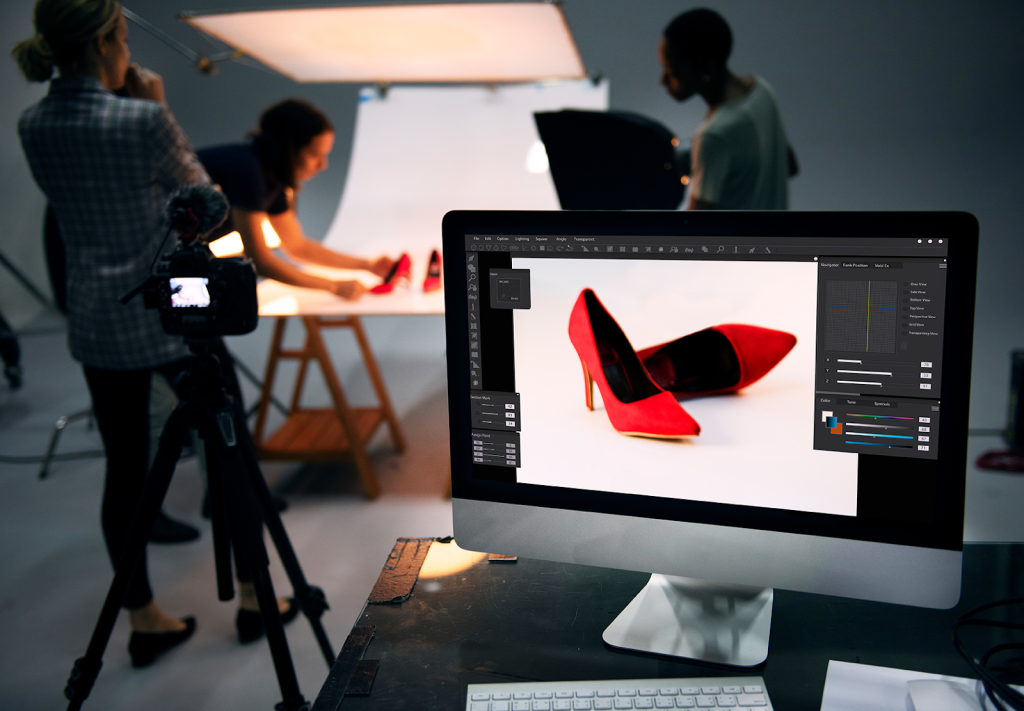In today’s digital age, the visual presentation of products plays a crucial role in capturing the attention of potential customers. Professional product photography and videography are essential tools for businesses looking to showcase their offerings in the best light possible. From e-commerce websites to social media platforms, high-quality visuals can make a significant impact on consumer perception and purchasing decisions. This ultimate guide will delve into the world of professional product photography and videography, covering everything from equipment essentials and lighting techniques to styling tips and post-processing tricks. Whether you’re a seasoned professional looking to elevate your skills or a beginner seeking to enhance your product visuals, this comprehensive guide has you covered.
1. Importance of High-Quality Visual Content
In a world where attention spans are shorter than a TikTok dance, high-quality visual content is the golden ticket to capturing your audience’s interest. Professional product photography and videography elevate your brand by showcasing your products in the best light possible (literally). From boosting sales to increasing brand credibility, investing in top-notch visuals is a game-changer.
2. Essential Equipment for Professional Product Photography and Videography
You don’t need the latest DSLR that costs more than your college tuition, but having a decent camera and a variety of lenses can make all the difference. Remember, it’s not just about the gear, it’s how you use it (insert wink emoji here).
Good lighting is like the fairy godmother of photography – it can turn a pumpkin into a carriage (well, almost). Invest in some quality lighting equipment to banish harsh shadows and make your products shine bright like a diamond.
A plain white backdrop is like the little black dress of product photography – it goes with everything. But don’t be afraid to spice things up with props and different backdrops to add flair and personality to your images.
3. Lighting Techniques for Capturing Stunning Product Images and Videos
Natural light is your best friend when it comes to photography, but artificial light can be a close second (like the sidekick in a buddy cop movie). Experiment with both to see which one works best for your products.
Not all products are created equal, so why should your lighting setups be? Whether you’re shooting shiny jewelry or rugged outdoor gear, tailor your lighting setup to complement the unique features of each product.
4. Styling and Composition Tips for Product Photography
The background shouldn’t steal the spotlight from your products – think of it as the supporting actor, not the lead. Opt for clean and simple backgrounds to make your products pop.
Angles are everything in photography (just ask Kim Kardashian). Experiment with different angles to find the most flattering view of your products and showcase them in all their glory.
Props and accessories are like the seasoning to your bland chicken breast – they add flavor and personality. Use props sparingly to enhance your products without overwhelming them.
5. Post-Processing and Editing Software for Enhancing Product Visuals
Editing Techniques for Product Photography
Once you’ve captured your product photos, it’s time to give them a little digital TLC. Editing software can help you enhance colors, adjust lighting, and remove any imperfections. Remember, a little editing can go a long way in making your products pop!
Enhancing Product Videos with Editing Software
Just like with photos, video editing software can take your product videos from basic to blockbuster. These programs offer tools to trim footage, add transitions, and incorporate text or graphics. Get ready to make your products shine on screen! If you are looking for the best software, don’t look further—use this video editor tool. By using it, you can add text, transitions, and more to create captivating content. Editing is very important in product showcasing and marketing, ensuring your products look their best and stand out from the competition.
6. Best Practices for Product Videography and Creating Engaging Product Videos

Before hitting record, take some time to plan out your shots. Create a storyboard to outline the sequence of your video and visualize how each scene will flow. A little prep work can lead to a big payoff in creating cohesive and captivating product videos.
Don’t be afraid to get a little creative with your camera work. Experiment with different angles, movements, and perspectives to showcase your products in the best light. Whether it’s a smooth pan or an aerial shot, adding dynamic visuals can grab your audience’s attention.
Set the mood for your product videos by selecting the right background music and sound effects. Music can evoke emotion and enhance the viewer’s experience, while effects like transitions or overlays can add a professional touch. Just remember, subtlety is key – you don’t want your soundtrack overpowering your products!
7. Tips for Building a Professional Product Photography and Videography Portfolio
When curating your portfolio, choose quality over quantity. Select your strongest product photography and videography pieces that highlight your skills and style. Remember, your portfolio is a reflection of your work, so make sure each piece shines bright like a diamond!
Once you’ve assembled your portfolio, it’s time to show it off to the world. Share your work on social media, create a professional website, and network with potential clients. Remember, building a strong online presence can help attract new opportunities and showcase your talent to the masses! By implementing the strategies and techniques outlined in this guide, you can take your product photography and videography to the next level, creating visually compelling content that resonates with your target audience. Remember, investing in high-quality visuals is an investment in the success of your business. With practice, creativity, and dedication, you can master the art of professional product photography and videography, setting yourself apart in a competitive market and leaving a lasting impression on customers. Start applying these tips and watch as your product visuals transform into powerful marketing assets that drive engagement and sales.


